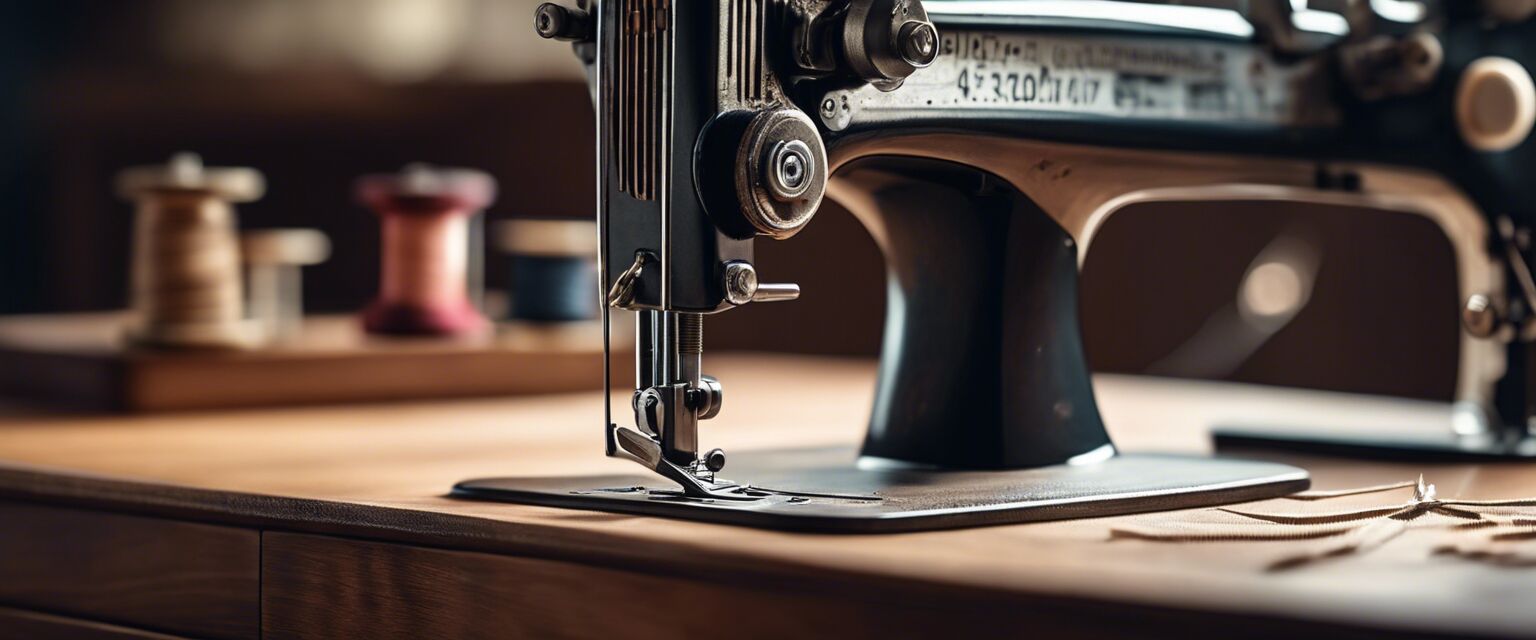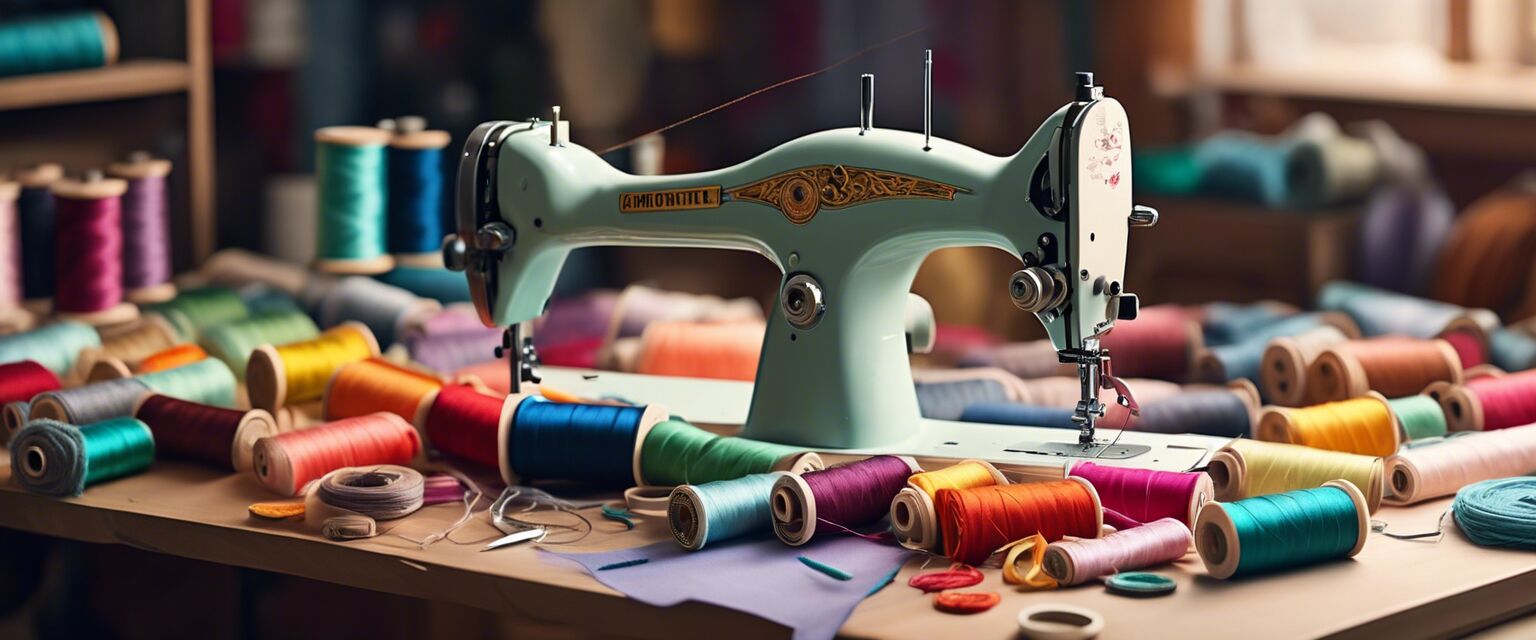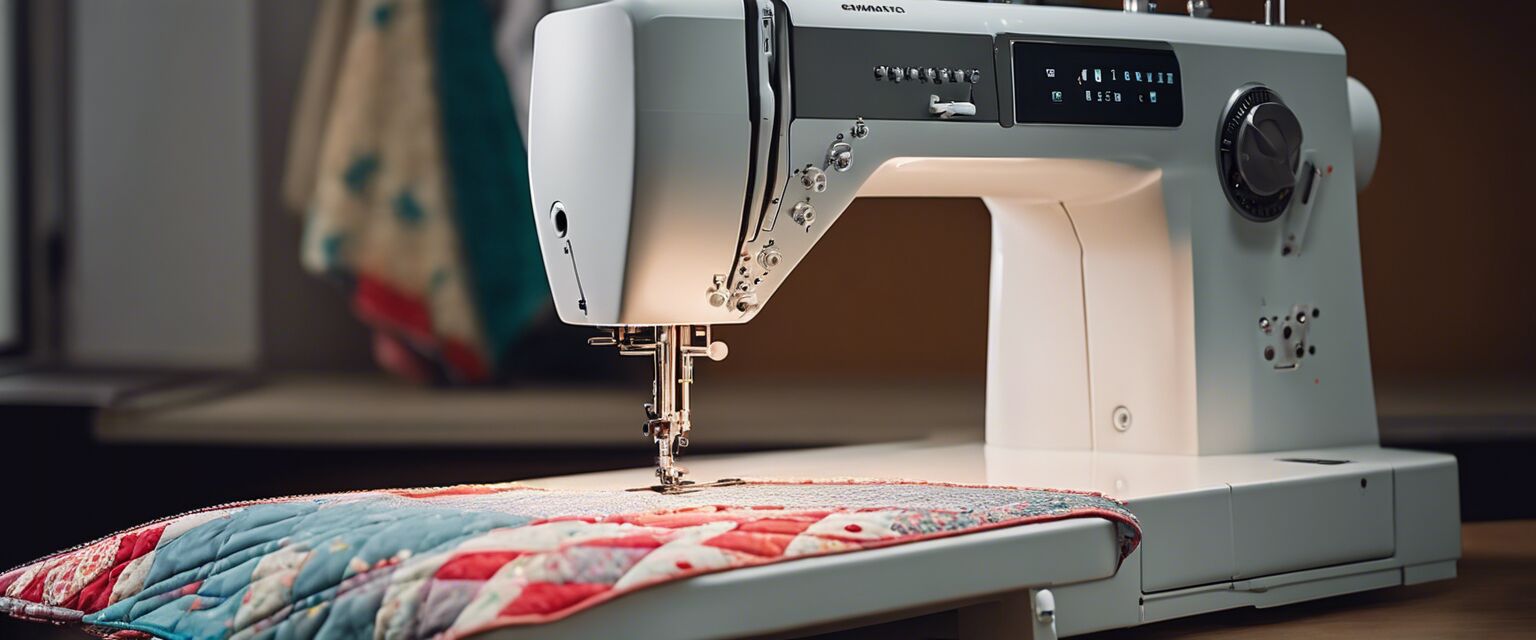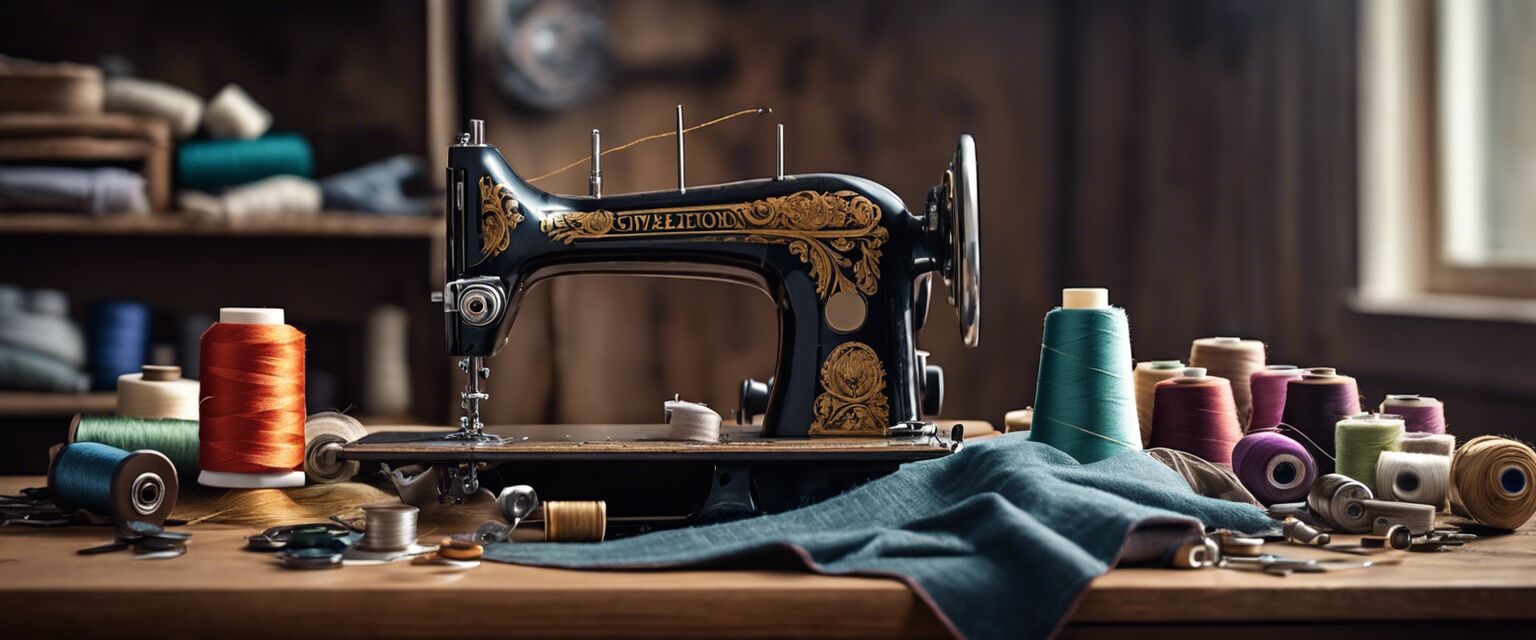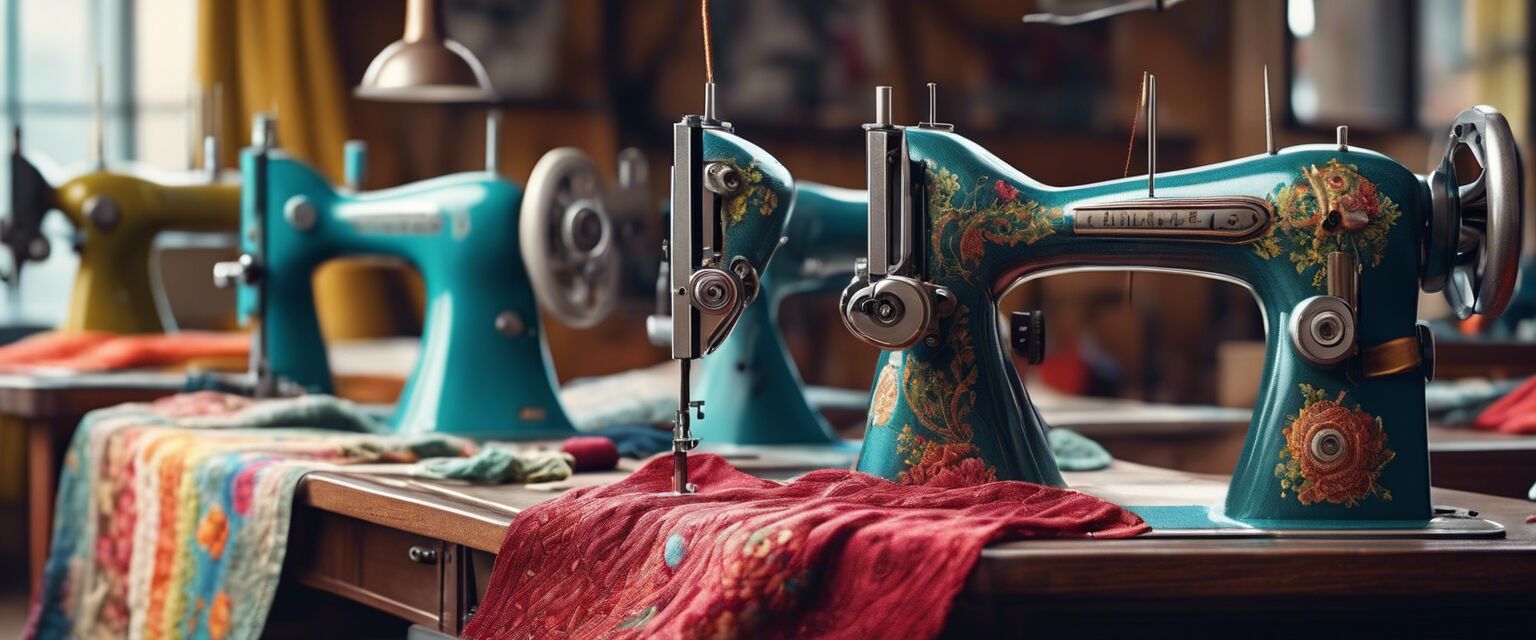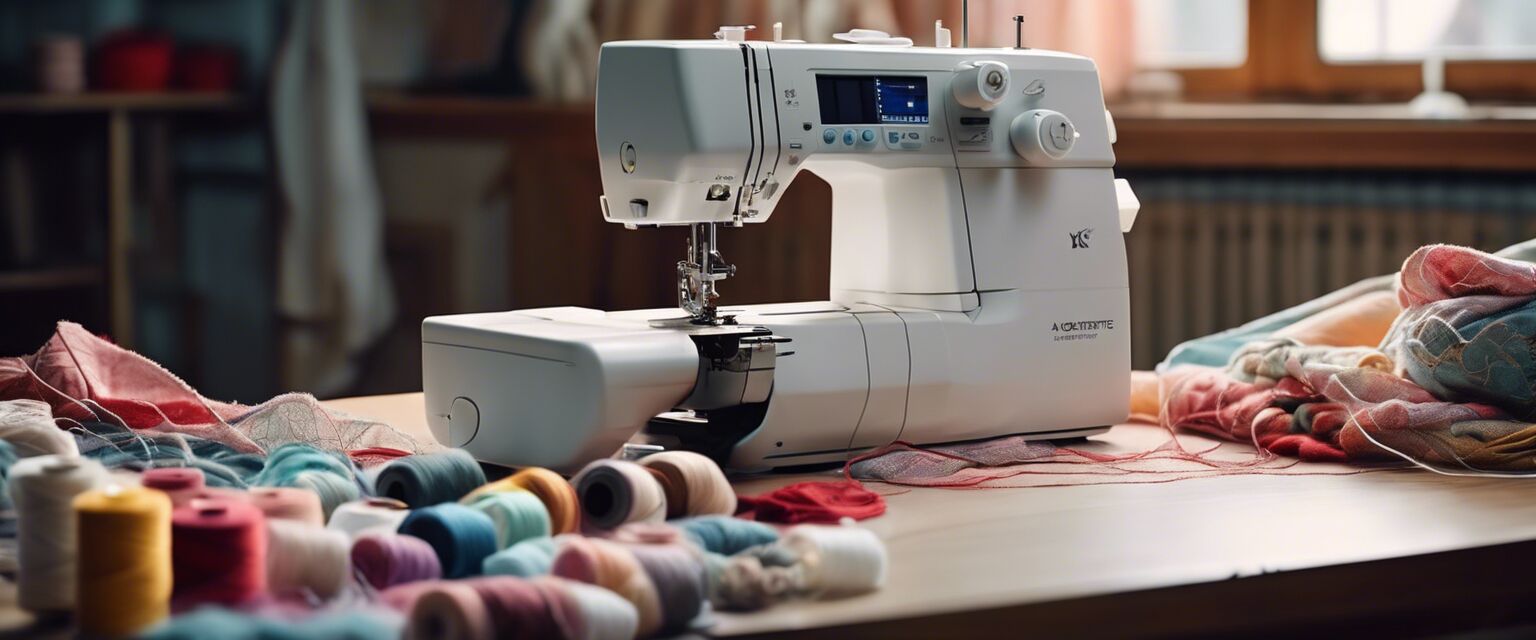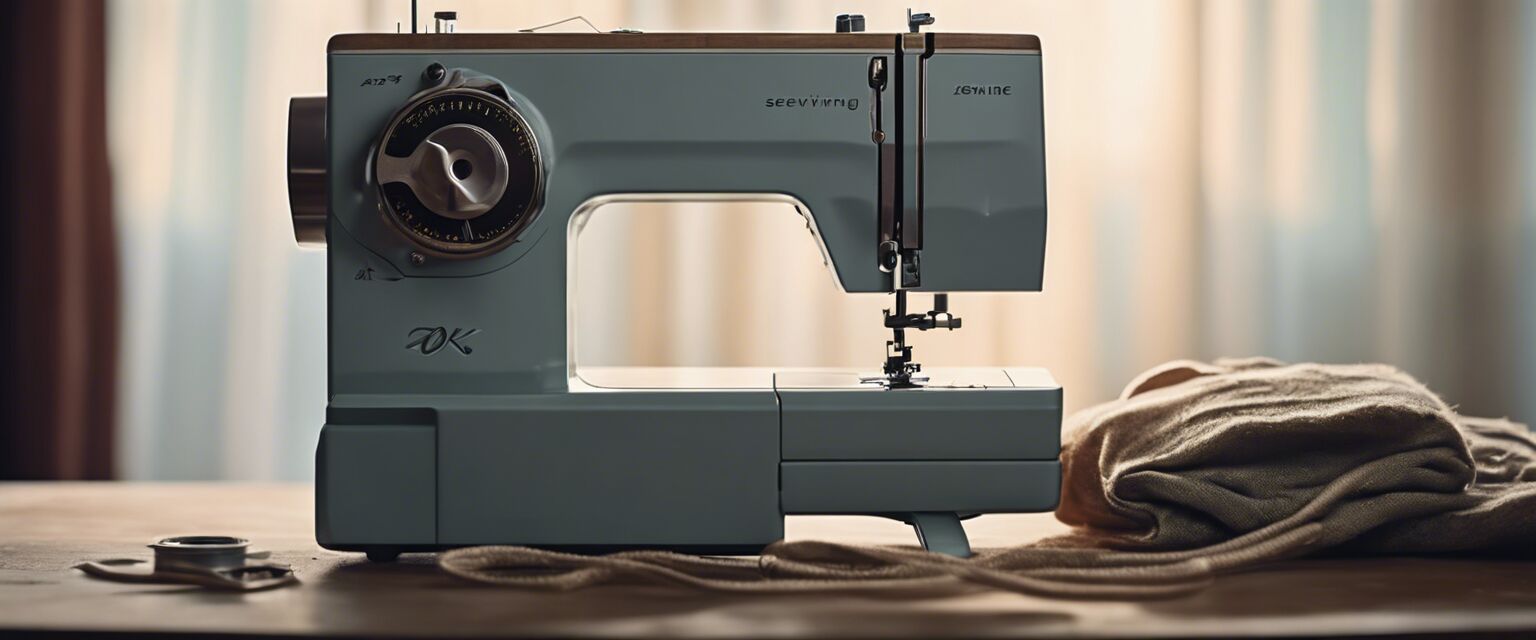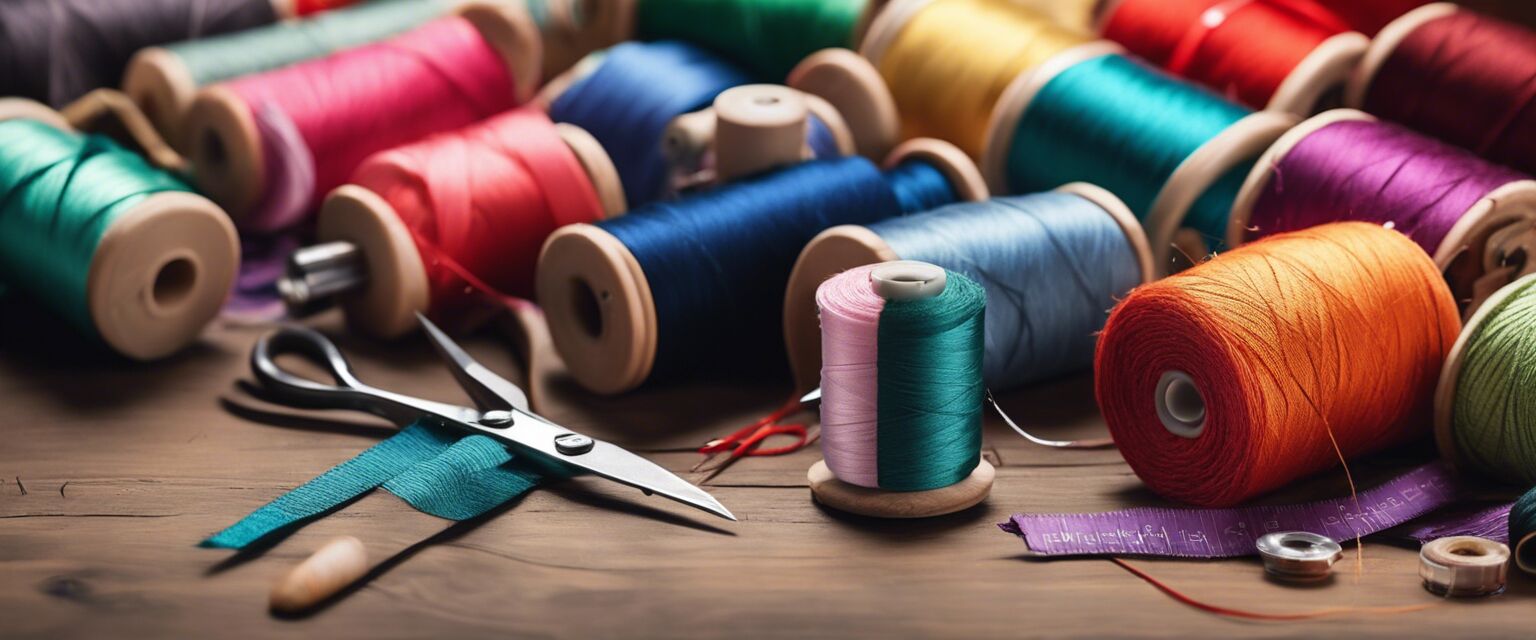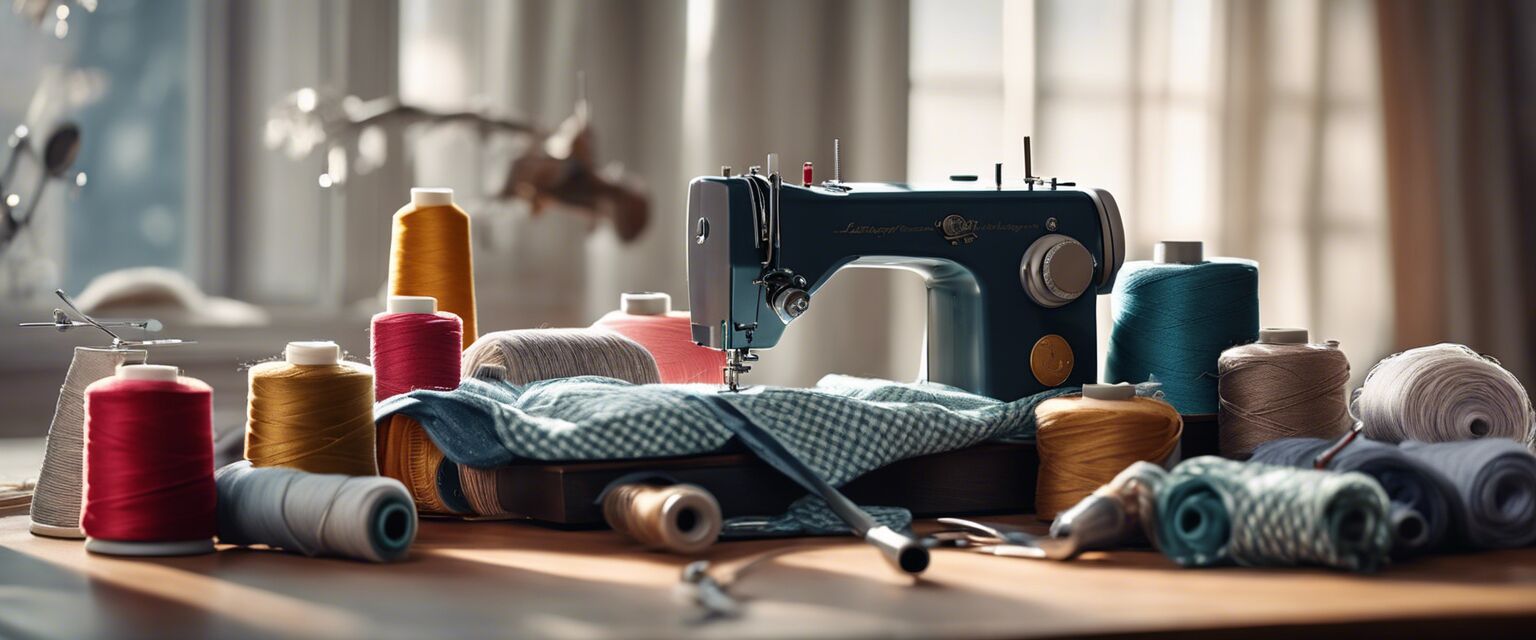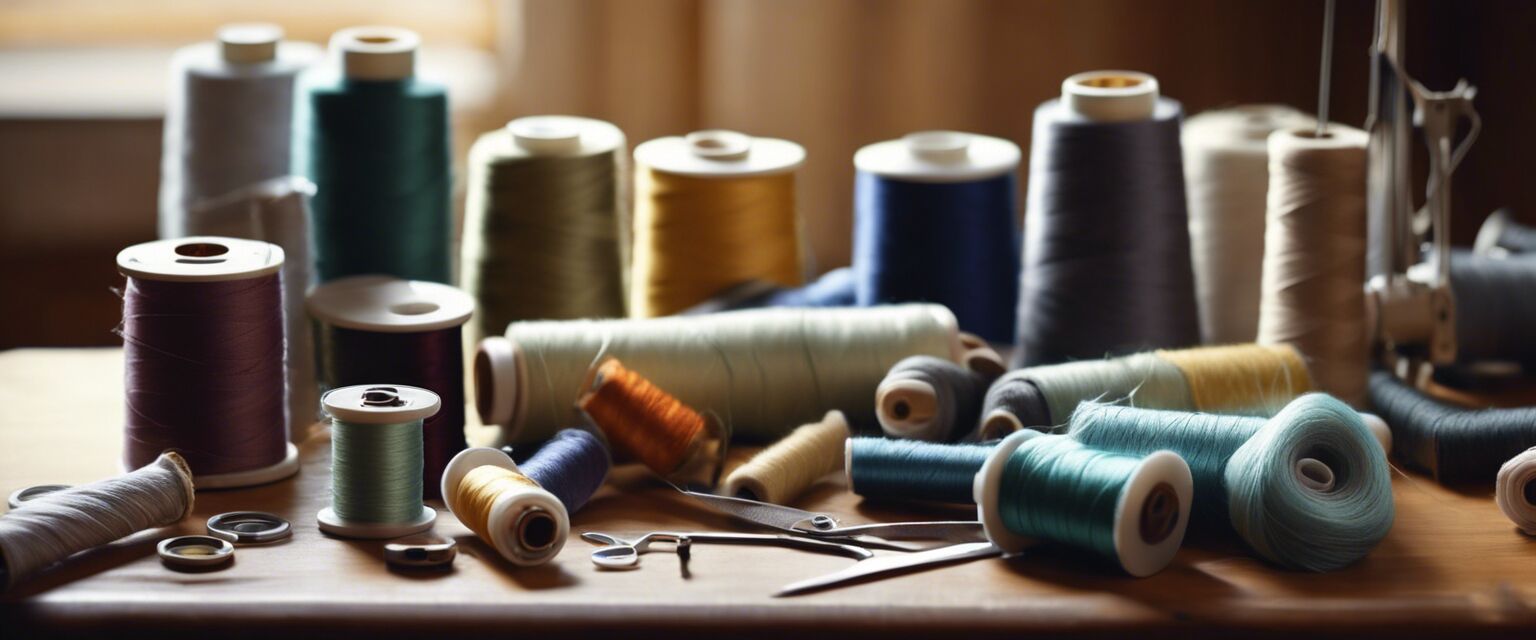
Beginner's Guide to Sewing
- Essential tools enhance your sewing experience.
- Basic techniques like straight stitch and zigzag stitch are fundamental.
- Selecting the right fabric is crucial for successful projects.
- Practice makes perfect: donât be afraid to make mistakes.
- Explore advanced techniques after mastering the basics.
Welcome to your sewing journey! This comprehensive guide is designed to provide beginners with the knowledge they need to kickstart their sewing experience. We'll cover essential supplies, basic techniques, and helpful tips along the way.
Essential sewing supplies
Before you start sewing, it's important to gather the right supplies. Below is a list of essential tools and materials you'll need:
| Supply | Description |
|---|---|
| Sewing Machine | A reliable sewing machine makes all the difference in your projects. |
| Fabric | Choose cotton or polyester for beginner-friendly fabrics. |
| Thread | Select high-quality threads compatible with your fabric. |
| Scissors | Fabric scissors are essential for clean cuts. |
| Pins | Pins hold fabric pieces together for precise sewing. |
| Measuring Tape | A tape measure ensures accurate dimensions. |
| Ruler | Use a ruler for straight cuts and measurements. |
| Iron | Pressing seams can significantly improve your finished product. |
Basic sewing techniques
Now that you have your supplies ready, letâs discuss some basic sewing techniques that every beginner should know.
1. Straight stitch
The straight stitch is the foundation of sewing. It's ideal for constructing seams and hemming. Hereâs how to sew a straight stitch:
- Set your sewing machine to a straight stitch.
- Guide the fabric under the presser foot, aligning the edge with the throat plate.
- Lower the presser foot and start sewing, keeping your fabric straight.
2. Zigzag stitch
The zigzag stitch is perfect for finishing edges and sewing knits. Follow these steps:
- Switch your machine to a zigzag stitch.
- Align your fabric edges and lower the presser foot.
- Sew slowly to ensure an even stitch pattern.
Understanding fabric types
Choosing the right fabric is crucial for sewing success. Here are a few common fabric types:
| Fabric Type | Best For | Tips |
|---|---|---|
| Cotton | Quilting, garments | Prewash to avoid shrinkage. |
| Polyester | Garments, home decor | Machine washable and durable. |
| Silk | Formal wear, linings | Use a fine needle and practice on scraps. |
Helpful sewing tips for beginners
Tips
- Start with simple projects like pillow covers or tote bags.
- Use a seam ripper to remove mistakes without damaging your fabric.
- Keep a sewing journal to track your progress and techniques.
- Join a local sewing group or online forum for support and inspiration.
- Invest in good quality toolsâthey make sewing more enjoyable.
Common sewing challenges
As a beginner, you may encounter challenges during your sewing projects. Below are some common issues and solutions:
| Challenge | Solution |
|---|---|
| Poor stitching quality | Check thread tension and needle type. |
| Fabric slipping | Use fabric spray or pins to secure. |
| Uneven seams | Practice guiding fabric and use seam guides. |
Resources to enhance your skills
As you progress in sewing, consider exploring these resources to develop your skills further:
- Sewing Accessories to find helpful tools.
- Sewing Machines for various styles and functionalities.
- Sewing Patterns to guide your projects.
- Dress Forms and Mannequins for fitting techniques.
- Embroidery Machines for adding embellishments to your projects.
Conclusion
With the knowledge you've gained from this guide, you're ready to embark on your sewing adventure. Remember to gather your supplies, practice your techniques, and enjoy the process. Happy sewing!
Pros
- Creative outlet for self-expression.
- Ability to make custom clothing and home decor.
- Cost-effective way to produce handmade items.
Cons
- Can be time-consuming for intricate projects.
- Initial investment in supplies and tools.
- Learning curve for mastering techniques.
